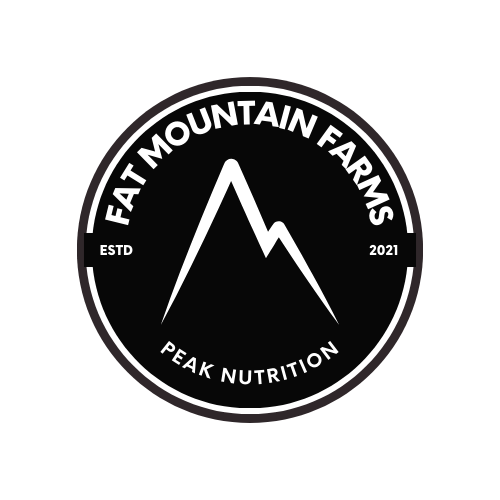In an era where conscious consumerism is gaining momentum, it's crucial to unveil the hidden realities of the meat industry, particularly when it comes to the importation of meat and the labeling of grass-fed products. As a direct-to-consumer regenerative farm, we are dedicated to shedding light on the discrepancies within the industry and educating you, our valued customers, about the benefits of choosing locally sourced, regeneratively farmed meats.
The Importation Conundrum
Did you know that the United States imports more meat than it produces? It's a startling truth that often goes unnoticed in the supermarket aisles. And because there is no mandatory "Country of Origin" labeling law, consumers consequently end up consuming meat raised and slaughtered in these foreign countries under the guise that it's a product of the USA.
And while this might seem convenient for meeting the high demand for meat products, the consequences are far-reaching and affect both the environment and the quality of the meat on your plate.
The Grass-Fed Labeling Mirage
Another issue that frequently escapes the consumer's attention is the mislabeling of meat products as "grass-fed." In the United States, the term "grass-fed" may not mean what you think it does. In many cases, meat labeled as grass-fed may have been raised on pasture in another country, only to be shipped to the U.S. and labeled as such. Or the animal may have grazed grass one time in its life, which means it can be labelled as grass-fed.
This mislabeling undermines the trust consumers place in the grass-fed designation, as it can be challenging to verify the authenticity of these claims. It also affects local farmers, as these “grass-fed” items are usually significantly cheaper than ones from local farms, resulting in consumers thinking all grass-fed meat products should be priced the way they are in supermarket isles.
Negative Effects on Consumers
Choosing imported and mislabeled grass-fed meat comes with a host of negative consequences for consumers:
-
Quality Concerns: The lengthy transportation process can compromise the quality and freshness of the meat, leading to potential health risks.
-
Environmental Impact: Importing meat contributes to a larger carbon footprint due to transportation, exacerbating climate change concerns.
-
Ethical Considerations: The welfare of animals raised for meat outside the U.S. may not adhere to the same standards as local, regenerative farms.
Why Choose Local, Regenerative Farmers?
Now, more than ever, it's crucial to consider the source of your meat and make informed choices that align with your values and health objectives. Here's why supporting local, regenerative farms is the solution:
-
Transparency: Local farmers are often more transparent about their farming practices, allowing you to make informed decisions about the meat you consume.
-
Environmental Sustainability: Regenerative farming practices prioritize environmental sustainability, helping to mitigate climate change and preserve natural resources.
-
Animal Welfare: Choosing meat from local farms ensures that animals are raised ethically, meeting higher standards of care.
-
Community Support: Supporting local farmers contributes to the growth of your community, fostering a more sustainable and resilient food system.
Conclusion
In the quest for high-quality, ethically sourced meats, it's essential to be aware of the pitfalls associated with the importation of meat and the mislabeling of grass-fed products. By choosing to support local, regenerative farms, you not only prioritize your health but also contribute to a more sustainable and transparent food system. Together, we can reshape the narrative surrounding meat consumption and pave the way for a healthier, more conscious future.

